OK, I’ll just say it. I like a little drama, especially around my eyes, especially for holiday parties. Maybelline Lasting Drama by EyeStudio gel eyeliner, $10 for a pot of bold color and a brush, is a fun way to amplify your look without spending a lot. Billed as waterproof and smudgeproof, I do admire its staying power. The liner comes off easily with eye makeup remover.
Though called a gel, the color seems to me more of a thick cream. Use the color sparingly, a little at a time. It’s a snap to apply to the lower lash line; on top takes a bit more practice.
Lasting Drama comes in four colors (black, brown, charcoal and eggplant) in case you’re planning to play a few different characters between now and New Year’s.
Product Source: I received a review sample of this product; I did not receive compensation.
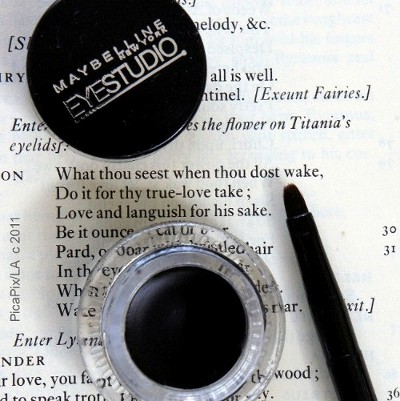





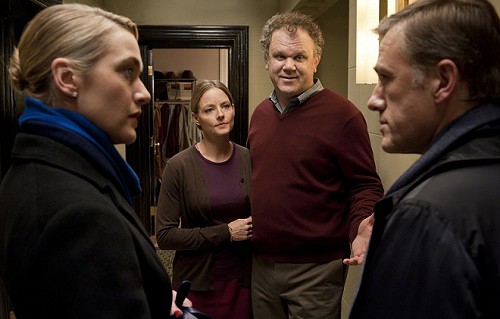

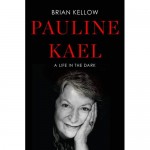



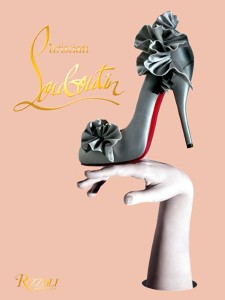

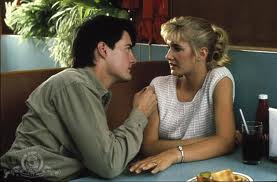
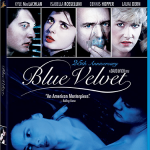
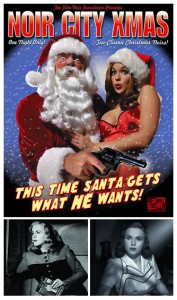
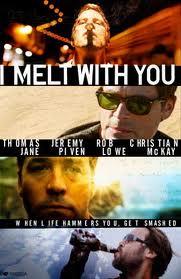

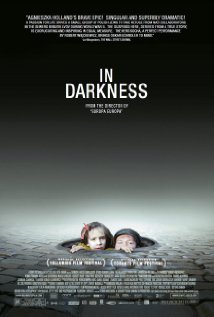

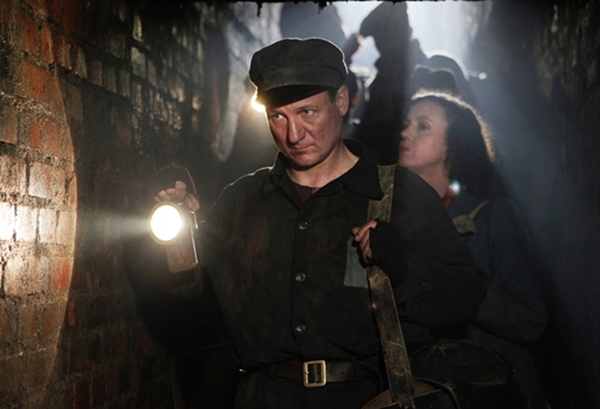
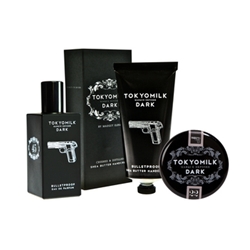




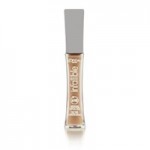
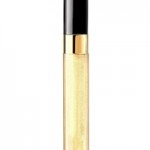
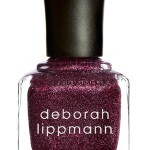
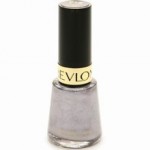

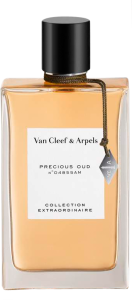
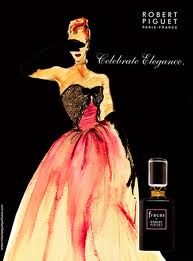





From FNB readers